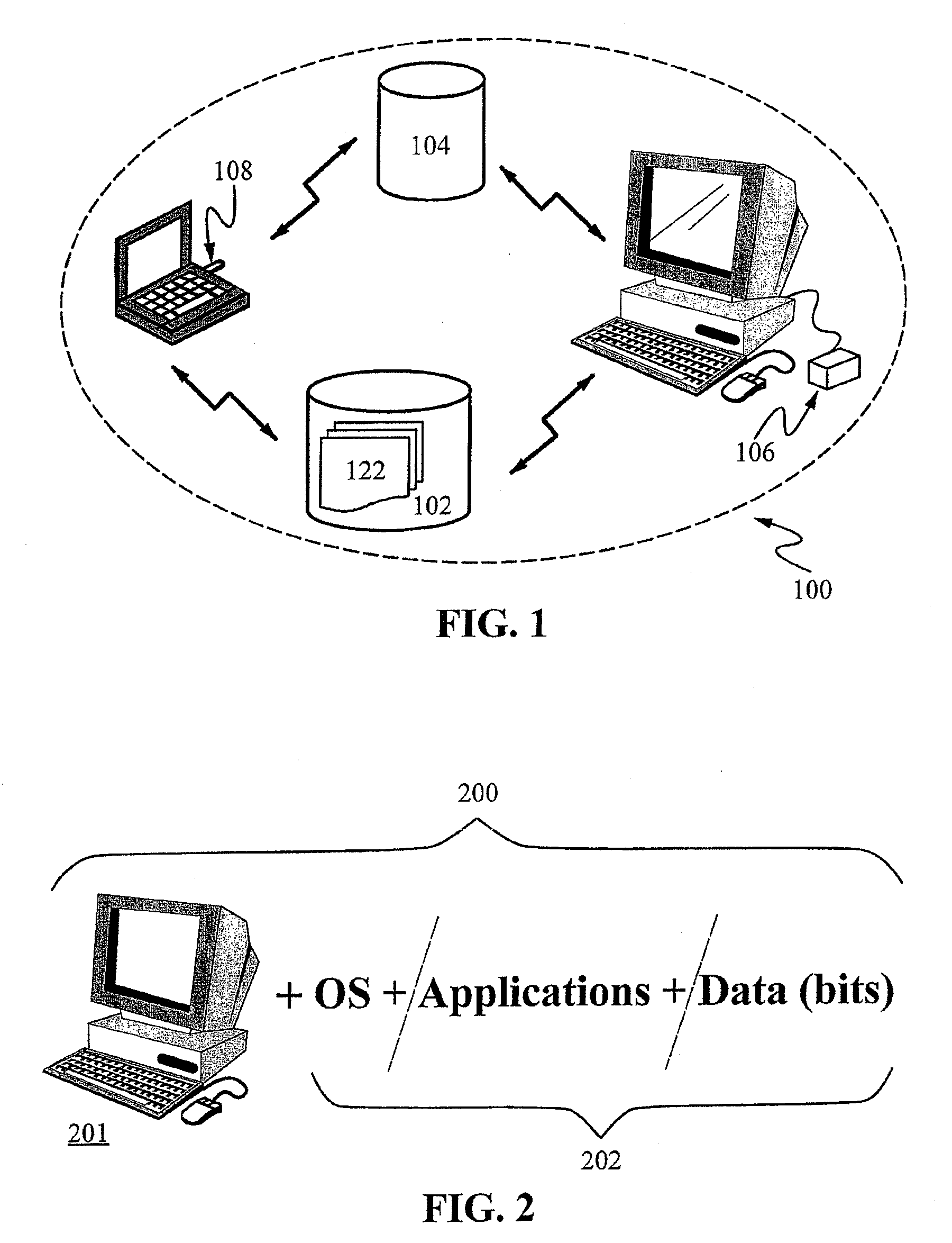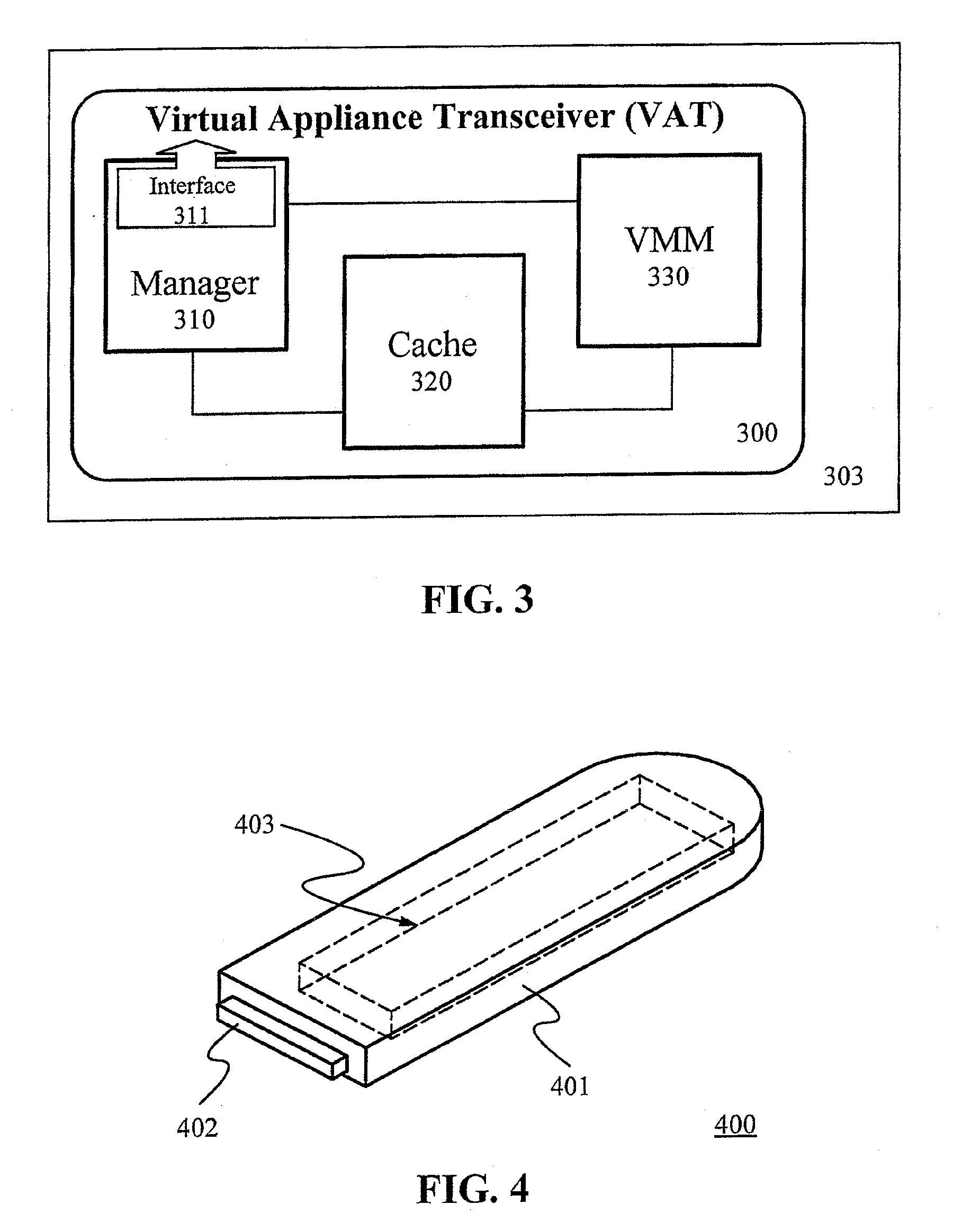Virtual Appliance Management
a virtual appliance and management technology, applied in the field of virtual appliance management, can solve the problems of complex system management, burden, and perhaps a daunting task for many people, and achieve the effects of reducing the burden of maintaining/managing a computer system, reducing the burden of many people, and improving the efficiency of the system
- Summary
- Abstract
- Description
- Claims
- Application Information
AI Technical Summary
Benefits of technology
Problems solved by technology
Method used
Image
Examples
Embodiment Construction
[0051]In the following detailed description and drawings, like reference numerals, characters, shapes, and symbols may be used to designate identical, corresponding or similar components and elements. Further, as one skilled in the art will readily recognize, although exemplary values may be given herein, embodiments of the present invention are not limited to the same.
The Collective—a Cache-Based System Management Architecture
[0052]FIG. 1 exemplifies the cache-based system management architecture of the present invention. The Collective 100 includes a configuration language called the Collective Virtual appliance Language (CVL) for describing a plurality of virtual appliances, at least one virtual appliance repository 102 storing the virtual appliances 122, at least one user data repository 104, and a plurality of virtual appliance transceivers (VATs) implemented in a variety of storage devices (VATISDs) 106, 108. The physical components are distributed and communicate with one ano...
PUM
 Login to View More
Login to View More Abstract
Description
Claims
Application Information
 Login to View More
Login to View More - R&D
- Intellectual Property
- Life Sciences
- Materials
- Tech Scout
- Unparalleled Data Quality
- Higher Quality Content
- 60% Fewer Hallucinations
Browse by: Latest US Patents, China's latest patents, Technical Efficacy Thesaurus, Application Domain, Technology Topic, Popular Technical Reports.
© 2025 PatSnap. All rights reserved.Legal|Privacy policy|Modern Slavery Act Transparency Statement|Sitemap|About US| Contact US: help@patsnap.com



